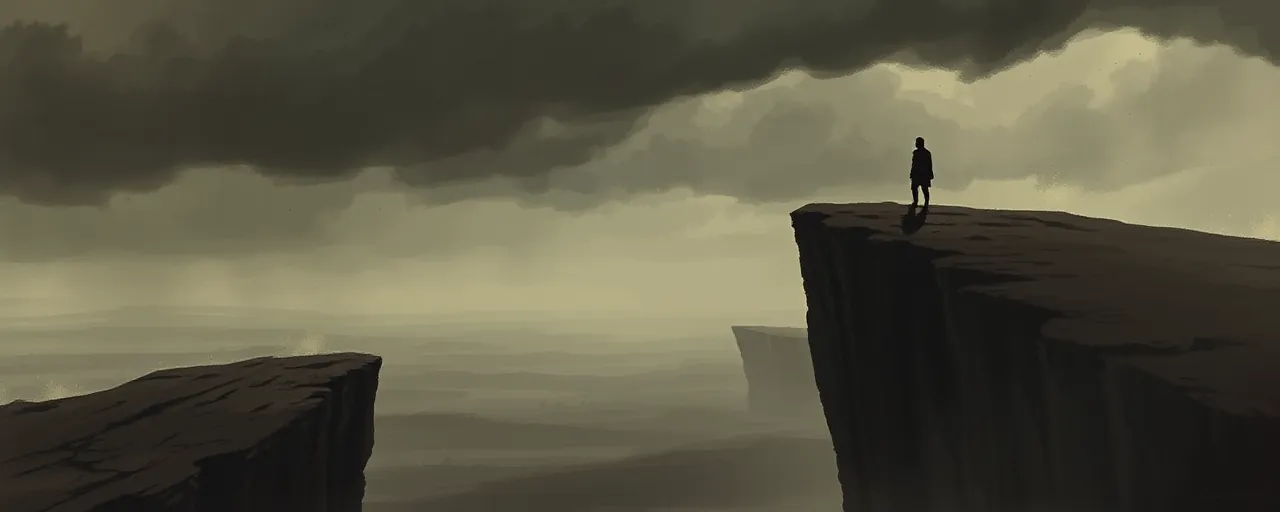A Line in the Sand
President Donald Trump isn't mincing words. He’s called out Ukrainian President Volodymyr Zelenskyy for turning Ukraine into a 'killing field' by refusing to cede Crimea to Russia. This blunt accusation, delivered with Trump’s signature candor, cuts through the diplomatic fog surrounding the Russo-Ukrainian War. It’s a wake-up call for Americans tired of footing the bill for an endless conflict and a warning to Zelenskyy that U.S. patience has limits.
For too long, Zelenskyy has leaned on Western goodwill, banking on blank checks from Washington while rejecting pragmatic paths to peace. His insistence on reclaiming Crimea, a territory Russia has controlled since 2014, ignores the grim realities on the ground. Trump’s frustration reflects a broader sentiment among Americans who question why their tax dollars are fueling a war with no clear endgame.
The stakes couldn’t be higher. Ukraine has received over $380 billion in Western aid since 2022, with the U.S. shouldering a hefty $114 billion of that burden. Yet Zelenskyy’s defiance risks alienating his biggest benefactor. Trump’s recent freeze on aid payments sent a clear message: America won’t be held hostage by Kyiv’s intransigence.
This isn’t about abandoning Ukraine. It’s about demanding accountability and realism from a leader who seems more focused on symbolic victories than saving his people from further devastation. Trump’s push for a peace deal isn’t capitulation; it’s a call for sanity in a war that’s bled both nations dry.
Crimea: The Heart of the Standoff
Crimea isn’t just a piece of land; it’s the linchpin of this conflict. For Russia, the peninsula’s deep-water port at Sevastopol secures its Black Sea dominance and projects power into the Mediterranean. For Ukraine, it’s a matter of national pride and sovereignty. Both sides see it as non-negotiable, but Trump’s right to question whether Zelenskyy’s stance is worth the cost.
Since Russia annexed Crimea in 2014, Moscow has poured resources into fortifying the peninsula, from air defenses to naval bases. Ukraine’s recent strikes on Russian assets there, including the Kerch Bridge, show grit but also highlight the futility of reclaiming it militarily. Zelenskyy’s refusal to consider any deal involving Crimea ignores this reality and prolongs the bloodshed.
Trump’s seven-point peace plan, which includes recognizing Russian control over Crimea, isn’t perfect, but it’s grounded in pragmatism. International law may frown on territorial concessions, but history shows that peace often requires hard compromises. Zelenskyy’s rejection of this framework, citing Ukraine’s constitution, dismisses the lives lost daily in a war that’s increasingly unwinnable without massive escalation.
The Cost of Zelenskyy’s Gamble
Zelenskyy’s defiance isn’t just risky; it’s reckless. If the U.S. cuts its $34 billion in projected 2025 aid, Europe might slash its contributions by half, leaving Ukraine with a $59 billion shortfall. NATO’s $42 billion pledge and the G7’s $48 billion loan are stopgaps, not solutions. Without sustained U.S. support, Ukraine’s defenses could crumble, handing Russia a victory by default.
Meanwhile, Russia’s disinformation machine is in overdrive, painting Zelenskyy as illegitimate and Ukraine as a failed state. These lies, amplified in the Global South and even parts of the West, erode international support. The U.S. has already scaled back funding for Ukrainian media, leaving Kyiv vulnerable to Moscow’s propaganda. Zelenskyy’s refusal to negotiate only fuels these narratives, making it harder to rally global backing.
Some argue Zelenskyy’s stance preserves Ukraine’s sovereignty. But sovereignty isn’t just about land; it’s about people. Every day he delays, more Ukrainians die, and more cities are reduced to rubble. Trump’s critics, including European leaders and Biden-era holdovers, claim his pressure on Kyiv aligns with Russian interests. They’re wrong. Trump’s approach prioritizes American interests and a stable Europe over ideological crusades.
A Better Path Forward
Trump’s vision for peace isn’t about surrendering to Putin. It’s about forcing both sides to the table and ending a war that’s drained the West while emboldening adversaries like China. His willingness to recognize Russian control over Crimea, however unpalatable, reflects a clear-eyed understanding of power dynamics. Ukraine can’t retake Crimea without risking a broader conflict that could pull NATO into the fray.
Zelenskyy needs to face facts. Polls show Ukrainians are growing open to negotiations, even if they reject permanent concessions. A deal that secures Ukraine’s remaining territory, strengthens its defenses, and keeps it out of Russia’s orbit is better than a prolonged war that leaves nothing but ashes. Trump’s plan offers a framework for that stability, and Zelenskyy would be wise to engage rather than resist.
America’s role isn’t to bankroll Ukraine’s dreams of total victory. It’s to broker a peace that protects U.S. interests, deters Russian aggression, and preserves Ukraine as a viable nation. Trump’s critics want to keep pouring money into a stalemate. That’s not leadership; it’s inertia.
Time to Choose
Zelenskyy stands at a crossroads. He can cling to an all-or-nothing stance, gambling his country’s future on dwindling Western support, or he can work with Trump to forge a realistic path to peace. The choice is stark, and the consequences will define Ukraine’s fate for decades. Trump’s made it clear he won’t wait forever, and Americans, weary of endless wars, are behind him.
This isn’t about abandoning principles. It’s about recognizing that peace, however imperfect, saves lives and secures a future for Ukraine. Trump’s bold call to end the 'killing field' is a challenge to Zelenskyy and a reminder to the world: America’s strength lies in its ability to lead, not just to fund. Zelenskyy must decide whether he’s a statesman or a dreamer, because the clock is ticking.
